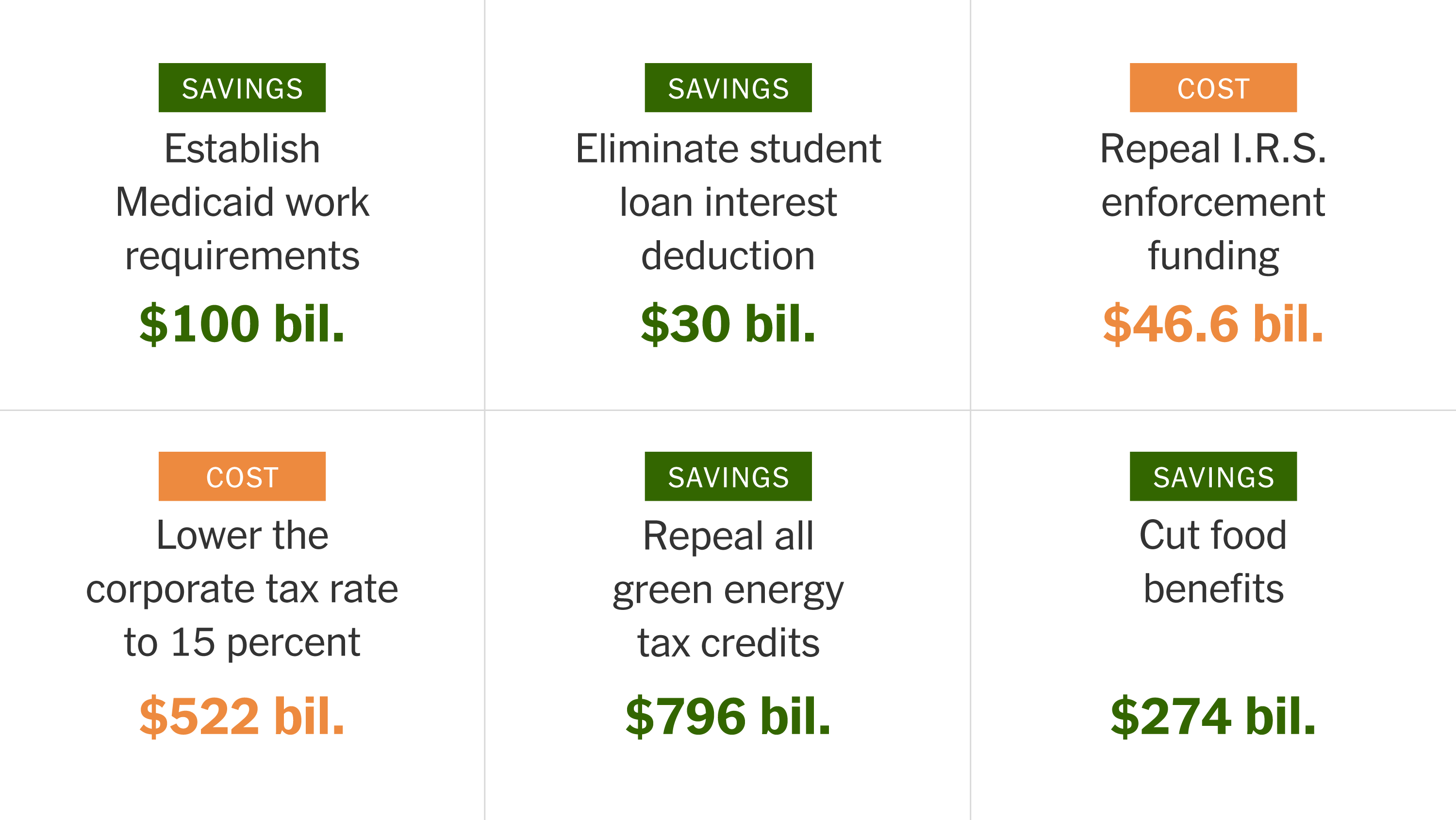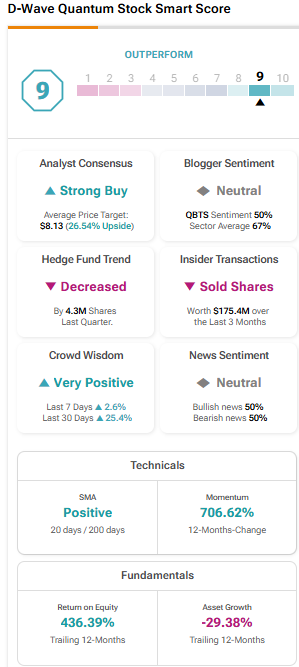Femicide: A Deep Dive Into The Problem And Its Growing Prevalence

Table of Contents
1. The Global Landscape of Femicide
Prevalence and Statistics
The global statistics on femicide are alarming and highlight a critical public health and human rights crisis. Data from the World Health Organization (WHO) and UN Women paint a grim picture: femicide rates vary significantly across regions and countries, but the trend is consistently upward.
- Latin America and the Caribbean consistently report some of the highest rates of femicide globally.
- Many African nations also experience high rates, often underreported due to limited data collection.
- While data collection methods vary, many countries show increasing trends in femicide over the past decade.
- Femicide often goes unreported or misclassified, leading to underestimations of the true scale of the problem.
Underreporting and Data Challenges
Accurate data on femicide is crucial for effective intervention and prevention strategies, yet significant challenges exist:
- Lack of standardized definitions and data collection methods: Variations in legal definitions and reporting mechanisms across countries make global comparisons difficult. Some deaths classified as accidental might, in fact, be femicides.
- Societal stigma and fear of reprisal: Women and their families may be reluctant to report femicide cases due to fear of further violence or lack of trust in law enforcement.
- Inadequate legal frameworks and law enforcement response: Weak legal frameworks and a lack of training for law enforcement officers can lead to underreporting and ineffective investigations.
- Corruption and impunity: In many contexts, perpetrators of femicide enjoy impunity, discouraging reporting and reinforcing a culture of violence.
2. Underlying Causes and Contributing Factors
Gender Inequality and Societal Norms
Femicide is deeply rooted in gender inequality and harmful societal norms:
- Patriarchal structures: Societies where men hold dominant positions often normalize violence against women, viewing them as subordinate and deserving of punishment.
- Gender stereotypes and harmful masculinity norms: These perpetuate the idea that men are entitled to control women's lives and bodies.
- Normalization of violence against women: Frequent exposure to domestic violence and other forms of gender-based violence creates an environment where femicide becomes more likely.
- Lack of women's empowerment and economic independence: Economic dependence on men can increase women's vulnerability to violence.
The Role of Intimate Partner Violence
Intimate partner violence (IPV) is a significant predictor of femicide:
- Escalation of IPV: Many femicides are the culmination of a pattern of abuse that begins with smaller acts of violence and control.
- Controlling behavior: Perpetrators often use controlling behavior, isolation, and threats to maintain power and dominance over their partners.
- Stalking and harassment: These actions represent a clear escalation of violence and often precede femicide.
- Failure to recognize warning signs: Identifying escalating IPV and intervening effectively is crucial to preventing femicide.
Other Contributing Factors
Other factors contributing to femicide include:
- Poverty and economic insecurity: Economic hardship can increase stress and tensions within relationships, increasing the risk of violence.
- Easy access to weapons: The availability of firearms and other weapons significantly increases the lethality of violence.
- Lack of legal protection and support services: Inadequate legal frameworks, insufficient shelters, and lack of access to justice leave women vulnerable.
- Impunity for perpetrators: When perpetrators are not held accountable, it emboldens others and perpetuates a cycle of violence.
3. The Impact of Femicide
Psychological and Social Consequences
Femicide has devastating consequences for individuals, families, and communities:
- Trauma and grief for families and loved ones: The loss of a woman due to femicide leaves deep psychological wounds and long-lasting trauma.
- Fear and insecurity within communities: Femicide creates an atmosphere of fear and undermines the safety and well-being of women.
- Disruption of social fabric: The loss of women through violence impacts the economic and social fabric of communities.
- Economic loss: The death of a woman often translates to lost income, reduced productivity, and increased costs for families and society.
The Long-Term Effects on Women's Safety and Rights
Femicide has a chilling effect on women's safety and ability to fully participate in society:
- Increased fear and restricted movement: Women may feel constrained in their daily lives due to fear of violence.
- Limitations on opportunities: Fear of violence can limit women's access to education, employment, and social participation.
- Erosion of women’s rights and freedoms: The ongoing threat of violence can fundamentally limit women’s human rights and freedoms.
- Undermining of efforts to promote gender equality: The persistence of femicide demonstrates the failure to adequately address root causes of gender inequality.
Conclusion
Femicide is a grave violation of human rights and a global public health crisis. The data reveals a disturbing trend of increasing prevalence, fueled by deeply rooted gender inequality, societal norms, and the failure to address intimate partner violence. The impact is devastating, reaching far beyond the immediate victims to families, communities, and the progress of gender equality itself. To effectively address this, we must take collective action:
- Support organizations working to combat violence against women.
- Advocate for stronger laws and policies that protect women and hold perpetrators accountable.
- Educate ourselves and others about femicide and its underlying causes.
- Donate to relevant charities and organizations fighting to end violence against women.
We must all contribute to creating a world where women are safe, respected, and empowered. Let’s work together to stop femicide, end violence against women, and prevent gender-based violence. Learn more about the resources available in your community and join the conversation to build a future free from the terror of femicide.

Featured Posts
-
 584 Million Dubai Holding Expands Reit Initial Public Offering
May 20, 2025
584 Million Dubai Holding Expands Reit Initial Public Offering
May 20, 2025 -
 The Gop Tax Plan And The National Deficit A Fact Based Assessment
May 20, 2025
The Gop Tax Plan And The National Deficit A Fact Based Assessment
May 20, 2025 -
 Regional Stability At Risk Chinas Call For Philippines To Remove Typhon Missiles
May 20, 2025
Regional Stability At Risk Chinas Call For Philippines To Remove Typhon Missiles
May 20, 2025 -
 Todays Nyt Mini Crossword Answers March 5 2025
May 20, 2025
Todays Nyt Mini Crossword Answers March 5 2025
May 20, 2025 -
 Navigating The Chinese Market The Struggles Of Bmw Porsche And Others
May 20, 2025
Navigating The Chinese Market The Struggles Of Bmw Porsche And Others
May 20, 2025
Latest Posts
-
 Should You Invest In D Wave Quantum Inc Qbts Now
May 20, 2025
Should You Invest In D Wave Quantum Inc Qbts Now
May 20, 2025 -
 D Wave Quantum Inc Qbts Stock Surge On Friday Reasons Explained
May 20, 2025
D Wave Quantum Inc Qbts Stock Surge On Friday Reasons Explained
May 20, 2025 -
 Understanding The Recent Increase In D Wave Quantum Qbts Share Value
May 20, 2025
Understanding The Recent Increase In D Wave Quantum Qbts Share Value
May 20, 2025 -
 D Wave Quantum Qbts Stock Plunge Kerrisdale Capitals Valuation Concerns
May 20, 2025
D Wave Quantum Qbts Stock Plunge Kerrisdale Capitals Valuation Concerns
May 20, 2025 -
 Is D Wave Quantum Inc Qbts The Best Quantum Computing Stock
May 20, 2025
Is D Wave Quantum Inc Qbts The Best Quantum Computing Stock
May 20, 2025
